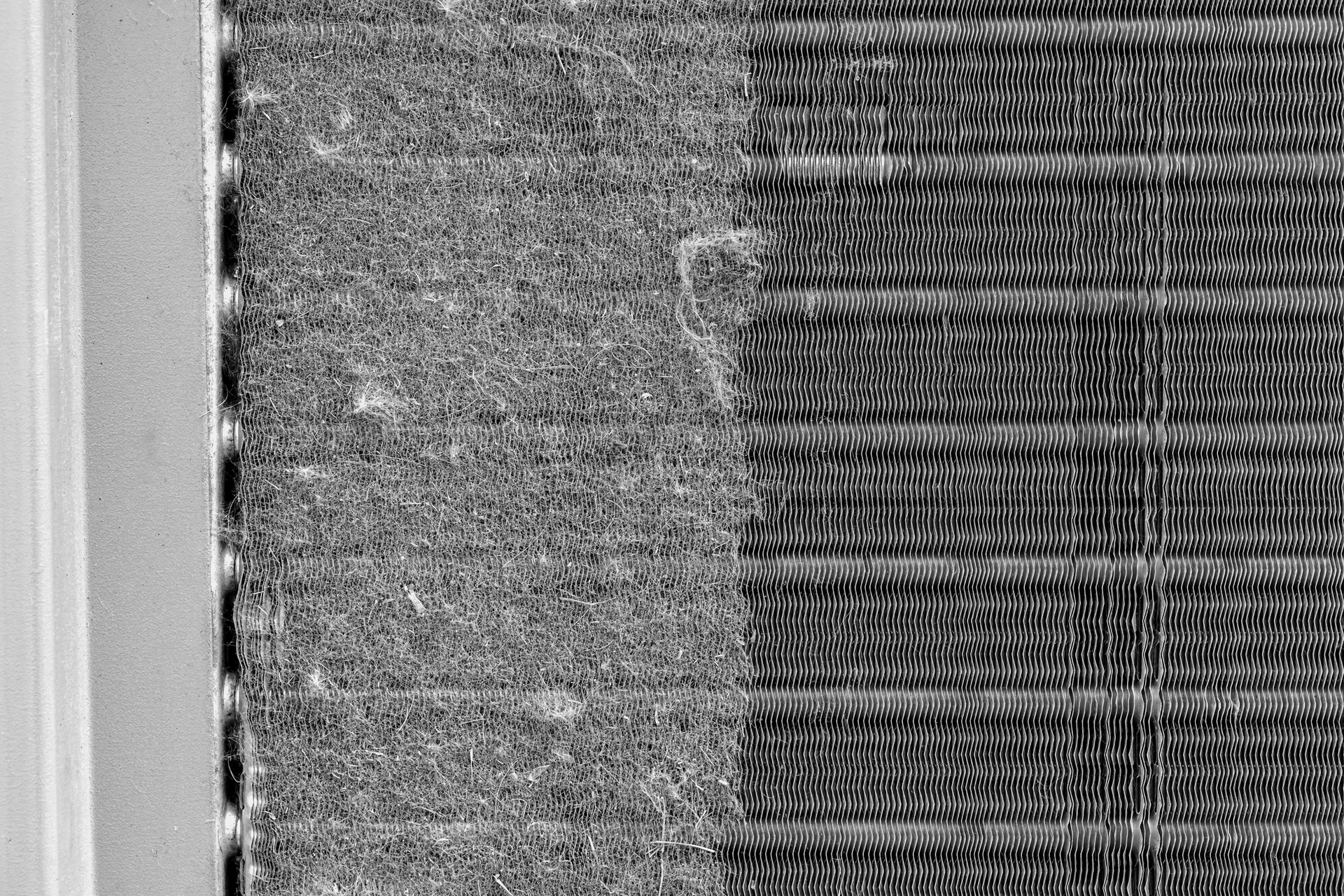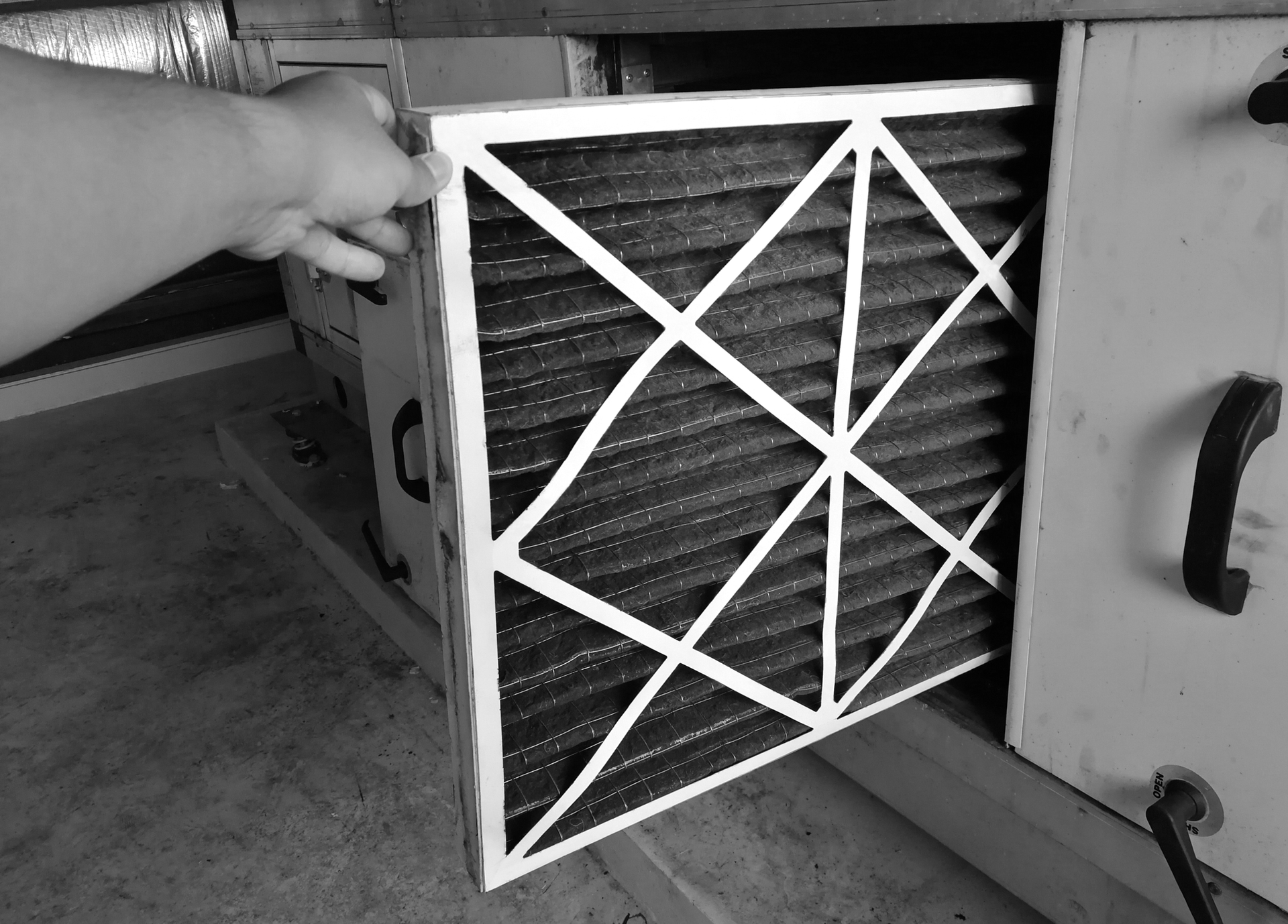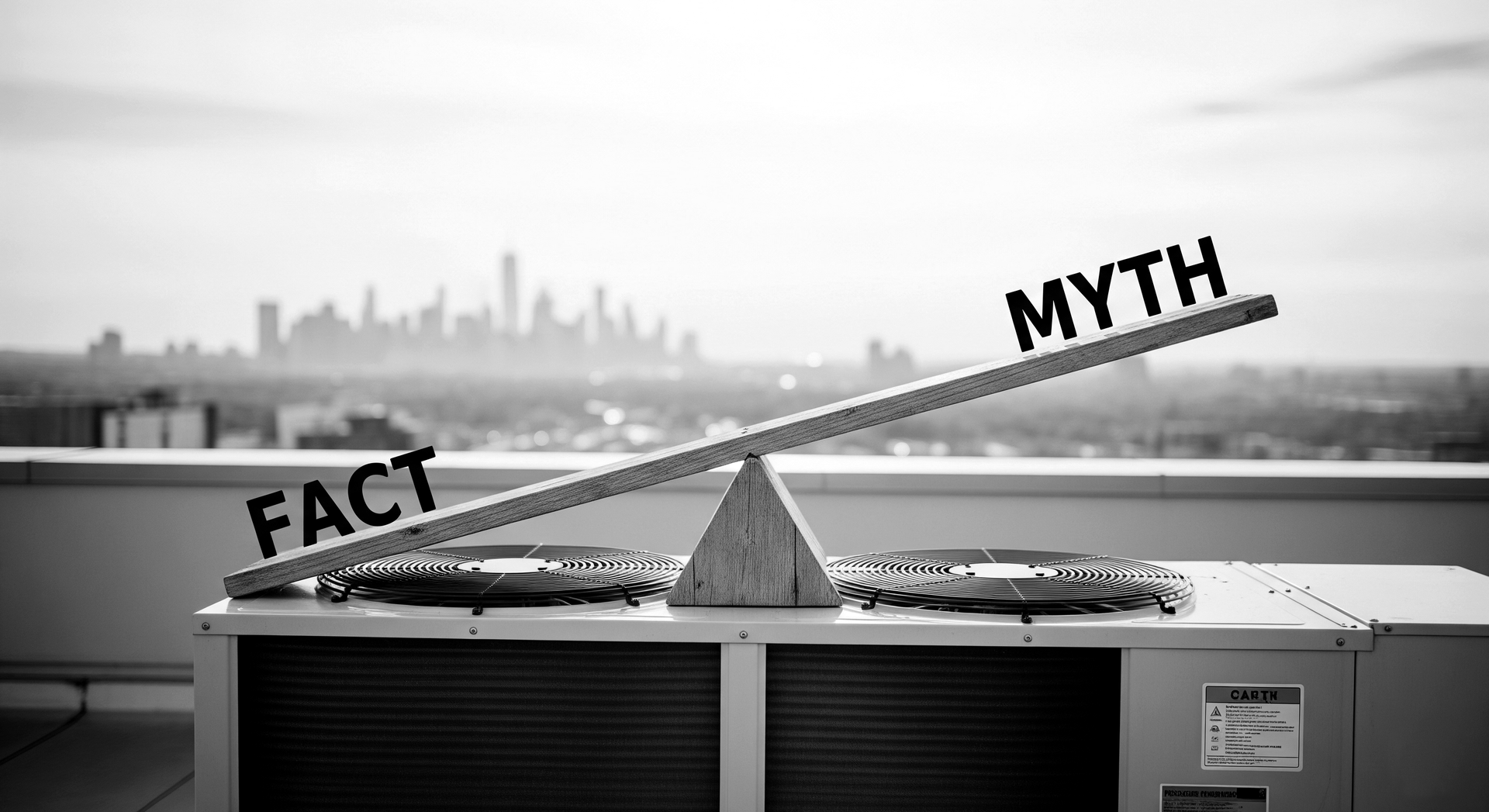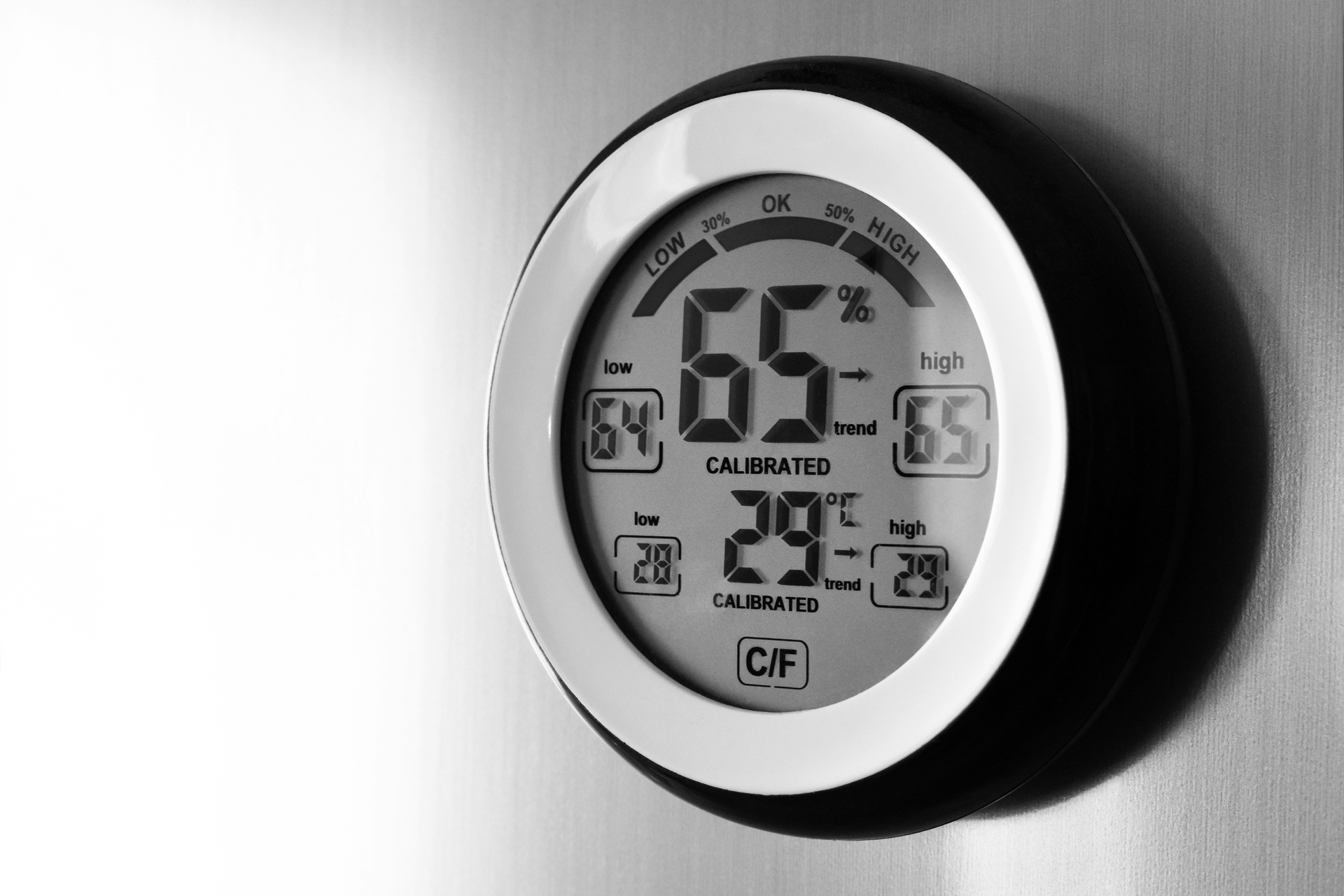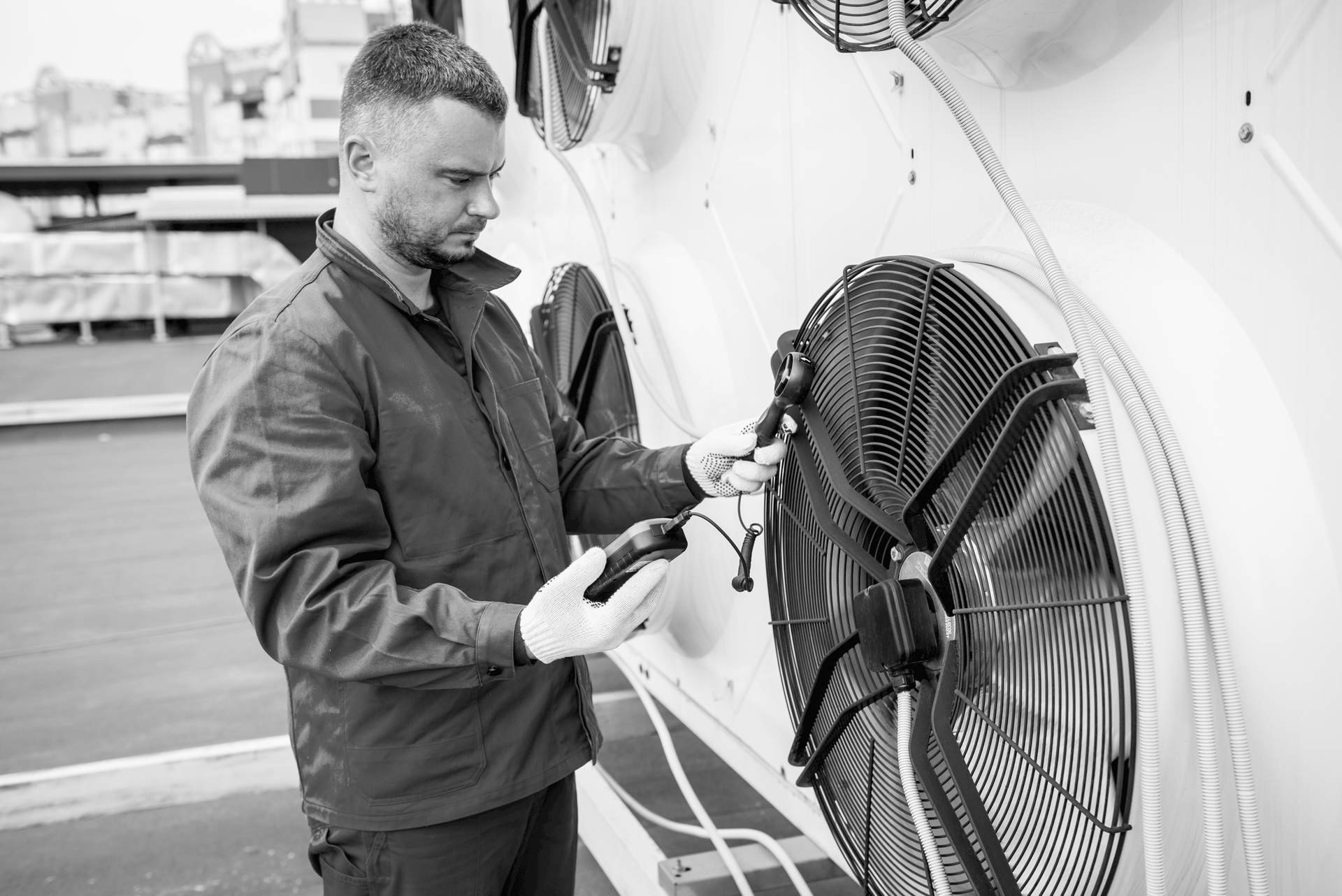Summer Trouble Zones
Tackling HVAC Issues Across Your Commercial Chain
When summer temperatures rise, so do the HVAC complaints across commercial chain locations like retail stores, banks, and medical offices. Facility managers often find themselves fielding calls about hot spots, sticky air, and inconsistent cooling—all while juggling vendor coordination and customer comfort. These seasonal issues aren’t just inconvenient—they can impact employee productivity, customer satisfaction, and even sensitive equipment performance. Whether you're familiar with HVAC systems or new to managing them, understanding the most common summer complaints—and knowing how to address them—can help you stay ahead of disruptions and keep your locations running smoothly.
1. Hot Spots & Uneven Cooling
What (it is): Pockets of indoor heat—typically near exterior windows, entrances, or poorly served zones—where the system fails to reach setpoints, even as other areas overcool.
Why (it happens):
- Duct leakage or imbalanced airflow distributes cooled air unevenly.
- Poorly designed, undersized, or obsolete duct networks can't respond to dynamic summer load increases.
- Solar heat gain through glass facades creates local load “spikes.
How (to fix it):
- Air balancing: Inspect and seal duct leaks, adjust dampers, rebalance cubic feet per minute (CFM) delivery.
- Zoning systems or smart vents: Segment spaces for targeted cooling where needed.
- Ceiling-mounted or portable spot coolers: E.g., for server closets, teller lines, or vestibules—these can plug into 110 V and avoid rooftop penetrations.
- Refine duct layout and diffuser types: Linear diffusers and fabric ducts can help control airflow patterns and mitigate hot shelves.
2. High Humidity
What (it is): Sticky, muggy indoor air even at low temperatures—especially problematic in medical or electronics-heavy environments.
Why (it happens):
- Oversized ACs cool quickly but shut off before adequate dehumidification occurs.
- Dirty coils, clogged filters, or blocked drains reduce moisture removal efficiency.
- Systems not designed with DOAS or dehumidification modes built-in.
How (to fix it):
- Proper sizing: Use sensible and latent load calculations—not just BTU—including summer humidity.
- Dedicated outdoor air systems (DOAS): Dehumidify outdoor fresh air before mixing with recycled air.
- Advanced controls: Install reheat coils, variable-speed compressors, and humidistats to run longer, moisture-focused cooling cycles.
- Routine maintenance: Monthly coil and filter cleaning, drain line inspections ensure humidity controls work properly.
3. Thermostat Glitches & Poor Controls
What (it is): Overcooling, cycling, and misreadings resulting from bad thermostat placement, calibration, or settings.
Why (it happens):
- Located in direct sun, near heat loads, or inside server closets.
- Miscalibrated sensors lead to false call-offs.
- Basic thermostats lack multi-stage or smart control.
How (to fix it):
- Move or recalibrate thermostats within properly representative zones.
- Upgrade to smart or zoned controls with feedback loops, leak detection, and intelligent scheduling.
- Regular battery/service checks to avoid misreading issues.
4. Clogged Drains, Dirty Coils & Restricted Airflow
What (it is): Water pooling, system freeze-ups, ice buildup, or airflow starvation.
Why (it happens):
- Clogged condensate lines: Algae or debris block drains.
- Dirty coils/filters: Insulate coils, reduce heat exchanger efficiency, and cause incomplete cooling.
- Blocked vents or grilles: Furniture or dust impeding airflow.
How (to fix it):
- Preventive maintenance: Coil cleaning, filter replacements, and application of UV or antimicrobial treatments.
- Drain line upkeep: Wet/dry vacuum clearing + acid treatment annually.
- Inspect airflow daily: Confirm vents are unobstructed and fans are performing correctly.
5. Noisy Systems & Mechanical Wear
What (it is): Rattles, clanks, grinding sounds—annoying and indicative of deeper issues.
Why (it happens):
- Fan belts or motors wearing out.
- Debris in fan assemblies.
- Loose components or failing bearings.
How (to fix it):
- Immediate inspection for loose parts.
- Replace worn parts such as belts, bearings, bushings.
- Professional vibration analysis and balancing during annual maintenance.
6. Energy Waste & Rising Utility Bills
What (it is): Skyrocketing cooling costs each summer.
Why (it happens):
- Aging equipment runs less efficiently.
- Short-cycling due to undersized or oversized systems.
- Leaky ducts and poor controls.
How (to fix it):
- Annual energy audits: Duct pressurization tests, efficiency assessments.
- Retrofits: Add economizers, variable-speed drives, EC fans, VRF, chillers, or heat recovery for DOAS.
- Replacement of old equipment as ROI can often be under three years.
7. Stuffy or Muggy Rooms Behind Closed Doors
What (it is): Comfort issues caused by air pressure imbalances due to blocked or undersized return airflow.
Why (it happens):
- Central return grilles combined with closed doors create pressure build-up.
- Pressurized rooms can lead to humidity issues or infiltration of unfiltered air.
- Imbalances cause uneven cooling or musty conditions.
How (to fix it):
- Install jumper ducts or transfer grilles above doors or through walls.
- Ensure sufficient door undercuts for return airflow.
- Use micromanometers to check for ±3 Pa pressure differences.
8. Cooling Issues No One Can Seem to Fix
What (it is): Incomplete cooling fixes due to lack of airflow or pressure measurement.
Why (it happens):
- Comfort issues often misdiagnosed without testing.
- Duct leakage, low airflow, or poor temp splits go unnoticed.
- Trial-and-error part swaps waste time and money.
How (to fix it):
- Have vendors perform room pressure and airflow measurements.
- Use temp split testing (target 16–22°F difference).
- Conduct duct leakage testing during maintenance cycles.
9. Moldy Smells or Poor Air Quality After Hours
What (it is): Mold, odors, and indoor air quality (IAQ) problems caused by turning systems off during unoccupied hours.
Why (it happens):
- Inactive HVAC allows humidity and mold to build up.
- IAQ declines without filtration and airflow.
- Electronics may be vulnerable to moisture or electrostatic discharge (ESD).
How (to fix it):
- Run systems at 78–82°F during unoccupied times.
- Maintain DOAS/ventilation to manage moisture.
- Use setback schedules and humidity sensors in key zones.
Why These Remedies Work
- Balanced airflow ensures consistent temperature and comfort across zones.
- Proper humidity control prevents mold, equipment damage, and microbial growth.
- Advanced controls and zoning reduce overcooling, save energy, and keep comfort stable.
- Regular maintenance prevents most summer breakdowns before they happen.
Conclusion
To keep locations running efficiently during the summer heat, facility managers should start with a thorough audit of their HVAC systems—identifying common trouble spots like hot zones, humidity issues, and faulty thermostats. Partnering with vendors who understand airflow balancing, modern dehumidification strategies like DOAS, and advanced control systems is key to maintaining consistent comfort across multiple sites. It's also smart to begin planning long-term improvements, such as retrofits that include economizers, variable-speed systems, or VRF upgrades, which can significantly improve performance and reduce costs. Establishing a proactive maintenance contract—with monthly or quarterly checks during peak months—helps prevent breakdowns before they happen. And finally, tracking energy use and utility bills can help quantify the impact of improvements, giving managers the data they need to justify investments and spot inefficiencies early.
To read more about the challenges HVAC systems face during summer in handling increased cooling loads and the importance of efficient system design and operation, check out this article in Contracting Business: https://www.contractingbusiness.com/commercial-hvac/article/20869680/summer-heat-a-comfort-energy-challenge-for-buildings
Have a summer HVAC headache that keeps coming back—or a fix that finally worked? Drop your questions, stories, or tips in the comments—we’d love to hear what’s keeping your cool actually cool this season!
